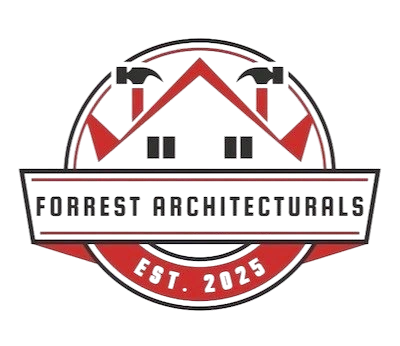Understanding How to Select the Right Exterior Cladding for Your House
When it comes to protecting and enhancing the look of your home, choosing the right exterior cladding is crucial. The material you select will affect not only the appearance but also the durability and insulation properties of your house. With a variety of options available in the market, making the best choice can be daunting. This guide aims to help you understand the different materials available and how they meet various needs.
The Importance of Exterior Cladding Material
Your home’s outer layer acts as a shield against weather elements. It plays a significant role in energy efficiency by providing insulation. A well-chosen cladding material can increase your property’s value and curb appeal. Understanding its importance helps you make an informed decision that balances aesthetics, protection, and cost.
Popular Material Options Explained
Several types of siding are popular among homeowners due to their unique features. Vinyl, wood, fiber cement, brick, and metal are common choices. Each has its benefits and drawbacks based on factors such as cost, maintenance needs, and lifespan. Knowing these differences helps in aligning your selection with your preferences and budget.
Factors to Consider When Choosing a Material
Before deciding on a siding option, consider factors like climate, maintenance requirements, and budget constraints. Materials like wood may require more upkeep compared to vinyl or fiber cement. Also, consider how each material performs in your local weather conditions. Budgetary considerations will influence whether premium materials like metal or brick fit into your plans.
Comparing Costs and Benefits
- Vinyl: Cost-effective and low-maintenance, ideal for budget-conscious homeowners.
- Wood: Offers a natural look but needs regular maintenance; suitable for those who prioritize aesthetics.
- Fiber Cement: Combines durability with aesthetic flexibility but at a higher initial cost.
- Brick: Expensive upfront but offers excellent durability and minimal maintenance.
- Metal: Durable and resistant to fire and pests; however, it can be costly and prone to rust if not coated properly.
Sustainable Choices for Eco-Friendly Homes
If environmental impact is a concern, look for materials made from recycled content or those that enhance energy efficiency. Fiber cement and metal often have high percentages of recycled components. They also contribute to better insulation, reducing the need for artificial heating and cooling.
Best Practices in Material Selection
Selecting the right cladding involves more than just picking a color or style. Consult with professionals to understand installation processes and requirements. Ensure the chosen material complements other design elements of your home. Regularly evaluate how your selection meets both functional and aesthetic criteria over time.
Professional Installation Tips
- Consult with experienced installers familiar with your selected material.
- Prepare the exterior surface adequately before installation begins.
- Ensure proper ventilation behind the cladding to prevent moisture buildup.
Your Pathway to Improved Home Exteriors
Ready to transform your home’s exterior? Start by calling (417) 202-0989 for expert advice tailored to your location. At Forrest Architecturals, I specialize in guiding you through every step of selecting the perfect exterior material. Whether you’re located in Carthage, MO or beyond, my goal is to ensure you achieve lasting satisfaction with your choice.
